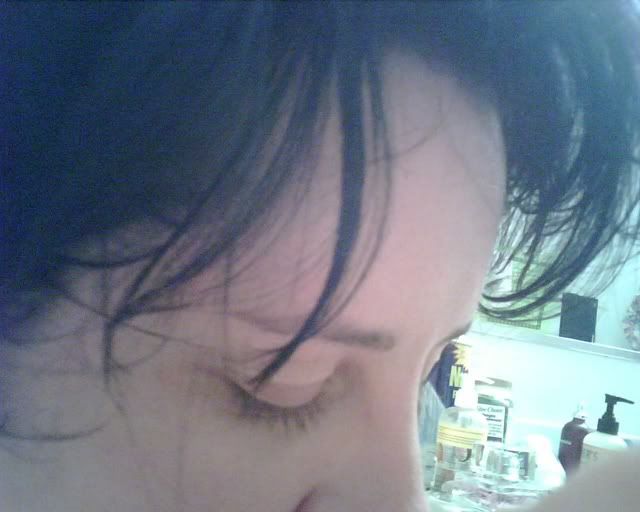Don't make me put a hole there...
I'm hiding in the conference room on my unit. Unit is the hospital term for the floor or section of the hospital that a nurse works in. I work in a neurosurgical intensive care unit. While this sounds scary, it isn't. Well, most of the time it isn't. Natural selection plays a big hand in those who make it to our unit. Those with comorbidities tend not to do well and don't make it here in the first place or don't live very long. Your body has to be in decent shape to make it through an assault on the brain. The majority of our patients have blood in their brains- in various spots. Many of our patients have drains placed into their brain to drain extra cerebral spinal fluid or blood. These tubes are called external ventricular drains, or EVD for short. The first time I saw one of these drains placed, I about died. They do this at the bedside and it's kind of strange to see. We open a little kit that has a tool that looks roughly like a hand drill. We shave the person's head, clean it with betadine, make a small stab wound- and then crank this drill (yes, I said drill) until you go through their skull. After the hole has been established, we thread this long, thin plastic tube into one of the ventricles in their brain. This drain also allows us to monitor the pressure in their head, at this site. (Not the entire brain) http://intermountainhealthcare.org/xp/public/documents/pcmc/evd.pdf#search=%22external%20ventricular%20drain%22 This site shows a rough picture of what we use, except it is on a child.
Today I am taking care of one person, who had a subarachnoid hemorrhage. This person was actually lucky because they were able to identify that her bleed came from an aneurysm and they were able to go in through a vein in her groin and clip it- rather than having to do the open method, which means have to remove part of their skull. Don't worry, I won't go into more detail than that. My patient has a total of five tubes in her body: one in her brain, a chest tube, a nasal feeding tube, a endotracheal tube for breathing, and a catheter for urine. The chest tube and EVD are placed through man made holes. Her lung collapsed, so the chest tube is placed in the space around the lung, removing air and/or fluid- which allows the lung to inflate. I used to be really nervous when I had patients with chest tubes. Now, not so much.
I pray that I never have to be hospitalized in an intensive care unit. Trying to keep people alive, when their body would rather be dead- can be very painful. All the tubes, monitors, medications, and tests- not so much fun. All I pray it that if I had to be a patient, that I have someone who will keep me so sedated that I never, ever remember any of it. Or I have a physician that knows when to stop. Sometimes being alive can be worse than death.
Onto a different subject-
My husband and I saw "Little Miss Sunshine" yesterday at the movies. It was very, very funny. Very dark humor. I would love to talk about it but I fear that if I do so, that it will ruin it for you. http://www2.foxsearchlight.com/littlemisssunshine/ All I can say is that I highly enjoyed the hospital scene. Spend your eight dollars and go see it, it's worth it.

